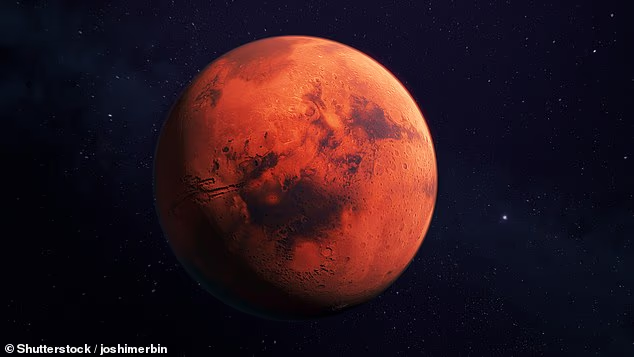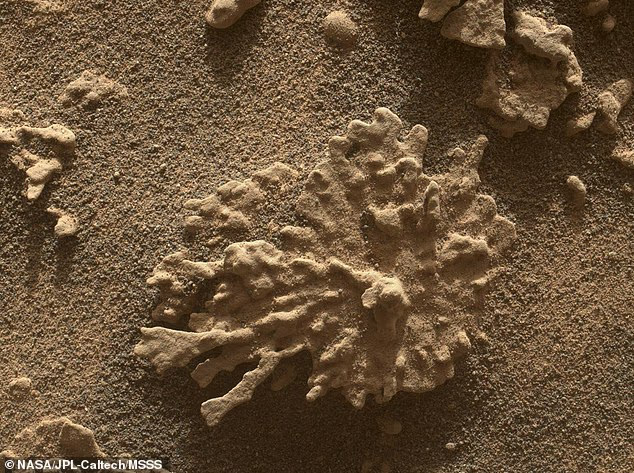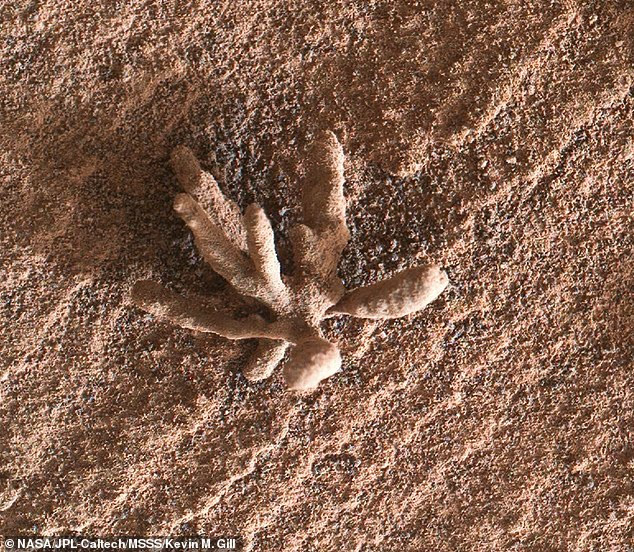Coral-Shaped Rock on Mars Captured by NASA’s Curiosity Rover Rekindles Debate on Ancient Life

NASA’s Curiosity rover has captured a striking image of a coral-shaped rock on the Martian surface, renewing discussions about the planet’s geological past and its potential to have supported life.
The formation, photographed on July 24, 2025, during Curiosity’s 4,609th Martian day, was imaged using the rover’s Remote Micro Imager, part of the ChemCam instrument. Located in Gale Crater, an area rich in boxwork formations likely formed by ancient groundwater, the rock’s intricate structure has drawn widespread attention.

NASA scientists attribute the formation to mineral-rich water that once seeped into small fractures in the rock. Over time, the water evaporated, leaving hardened mineral veins. Billions of years of wind erosion then removed the surrounding material, revealing the current structure. The agency notes that similar features have been documented in earlier missions, offering insight into how Mars transitioned from a wetter environment to its present arid state.
Public reaction to the image has been intense, with some online users interpreting it as evidence of past life. Comments on social media platforms suggest that the rock’s shape resembles coral, a known Earth-based life form. However, NASA maintains that the structure is the result of geological processes, not biological activity.
Curiosity has encountered similar formations before. In 2022, it discovered a flower-like rock, also formed by mineral-laden water cementing rock structures in the planet’s distant past. These findings add to a growing body of evidence that liquid water once existed on Mars, significantly shaping its surface features.


The new discovery follows a related finding in 2024 by NASA’s Perseverance rover, which identified an arrowhead-shaped rock named Cheyava Falls in the Jezero Crater region. This rock contained crystalline solids, hematite, and possible organic compounds, features that can serve as energy sources for microbial life. While the team could not conclusively determine the rock’s origin, the chemical signatures detected were consistent with processes linked to life on Earth.
Ken Farley, Perseverance project scientist, described Cheyava Falls as “the most puzzling, complex, and potentially important rock yet investigated by Perseverance,” noting the presence of organic material and evidence of past water flow.
David Flannery, an astrobiologist on the Perseverance science team, highlighted the presence of irregular, millimeter-sized off-white splotches with black halos, features sometimes associated on Earth with fossilized microbial activity.
These cumulative findings from Curiosity and Perseverance continue to inform scientific understanding of Mars’s ancient climate, hydrology, and habitability, while sparking public curiosity about the possibility of life beyond Earth.
Read More: LAD REPORTING




